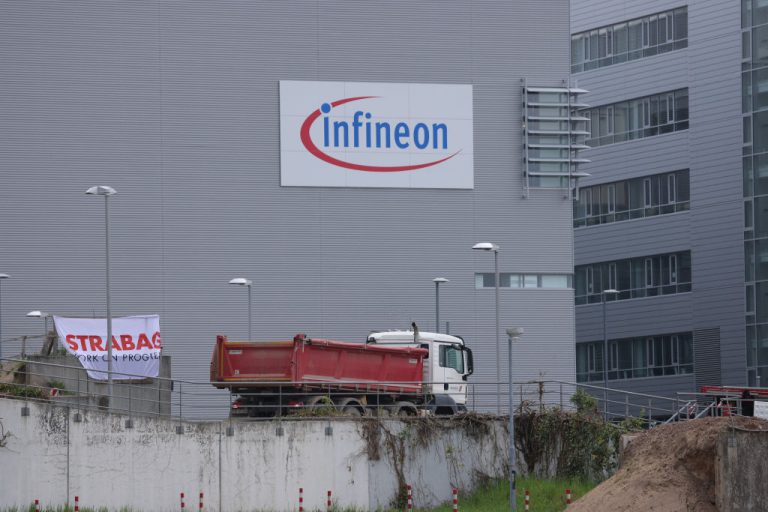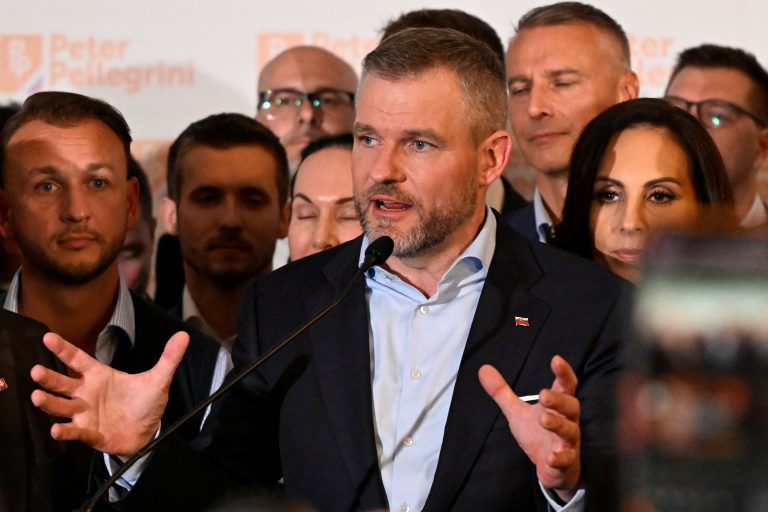Taiwanese chip manufacturer TSMC announced on Aug. 8 a plan to invest 10 billion euros to build a semiconductor plant in Dresden by 2027.
The decision has raised questions as the chips are projected to be obsolete when the factory is opened.
German federal states Saxony and Saxony-Anhalt are ahead in the international competition as prospective locations for semiconductor manufacturing.
TSMC’s investment announcement comes following a one billion-euro investment by Intel in the city of Magdeburg.
The Saxony state government will eventually cover half of the 10 billion euros for the TSMC plant.
Success
You are now signed up for our newsletter
Success
Check your email to complete sign up
The chips are intended for the automotive industry, which can be seen in the list of partners involved in constructing the new plant: Bosch, Infineon, and NXP.
READ MORE
- TSMC to Build 5 More Arizona Plants at US Request: Sources
- Communist China Unlikely to Succeed if It Attempts to Take Taiwan Semiconductors by Force: Analyst
- UK Government ‘Quietly’ Permits Chinese Takeover of Britain’s Largest Semiconductor Plant
- Nobody’s Business: Surveillance Startup’s Innovation Warrants Security, AI, and Privacy Concerns
Infineon will contribute up to 500 million euros to the investment, while Bosch and NXP are expected to invest a similar amount.
The European players will each hold 10 percent of the newly founded joint venture “European Semiconductor Manufacturing Company” (ESMC). TSMC will retain a 70 percent stake.
These groups have become indispensable in the supply chain of automotive and other industrial companies with their semiconductors.
As recently as May, the German company Infineon began constructing a five-billion-euro chip factory in Dresden. Bosch and the U.S. company Globalfoundries also maintain large plants in Dresden, producing 28-nanometer chips.
Chips may be out-of-date by 2027
The groundbreaking ceremony is scheduled for the second half of 2024, with the start of production targeted for 2027, a press statement issued by the consortium read. The goal is to build a modern semiconductor manufacturing fab to meet the future capacity needs of the automotive and other industries.
A peculiar thing about all the ambitious projects is that by 2027 the technology will be considered outdated. The world’s current best semiconductors, which only TSMC can produce, are at structure widths of three nanometers.
Accordingly, TSMC wants to offer structure widths of 28 nanometers in Dresden – these were current around 2010. For cars, that is sufficient at the moment. However, it is unclear how this will play out in the future.
Nonetheless, four and seven nanometers chips are standard for modern devices, depending on the device’s size. For everyday devices, chips with four and seven nanometers are common as the smaller the size, the faster and more power-efficient the end product will be.
All in all, investors seem confident in the profitability of the projects they are pouring their funds into, even in the mid-term future in a rapidly reshaping market.
However, another problem is lurking, which concerns the possibility of bottom-up support for the project.
2.000 new jobs?
The chip companies’ statement underscored that the investment would create 2,000 new jobs. However, this good news will not only be applauded in the industry, as semiconductor manufacturers already have problems filling their vacancies.
There is a desperate need for skilled workers and worldwide competition for every applicant.
The companies value the university environment and can also build on a positive legacy of East German industrial history. The Center for Microelectronics Dresden was founded in the industrial area surrounding the Elbe River during the GDR era.
Therefore, the new chip plants in Saxony and Saxony-Anhalt will also become a challenge for universities throughout Germany, which will have to provide the necessary young talent. Meanwhile, the Institute for Semiconductor and Microsystems Technology at the Technical University of Dresden cannot master this task alone.

















